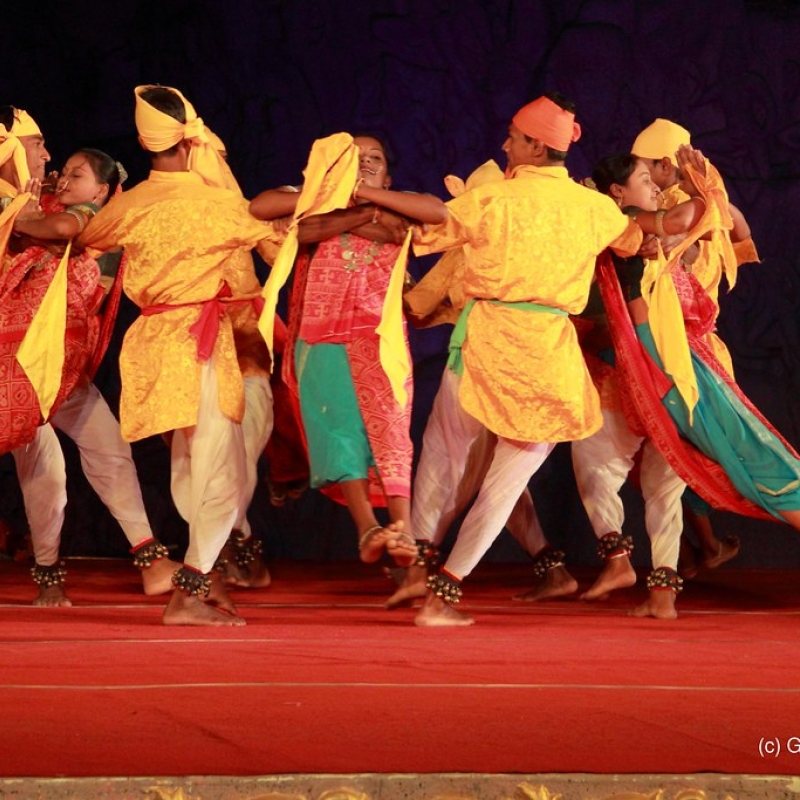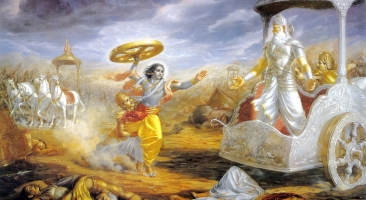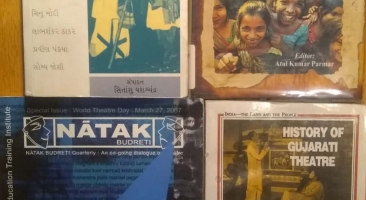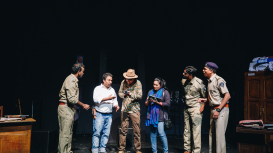The tradition of theatre in Gujarati is long, and its practices broad and diverse ranging from ancient folk form of bhavai to the Shakespearean adaptations of Parsi theatre companies in the beginning of the nineteenth century to the absurdist movement in the 1970s. Known for its mercantile mentality, Gujarati theatre is also rich in terms of commercial productions. However, unfortunately, it has been dominated by mostly upper-caste men; as a result, in critical scholarship, only mainstream theatre practices have been focussed upon. In other words, practices and writings by the upper-caste community have remained the subject of inquiry so far.
However, Gujarati language theatre also has a vibrant tradition of Dalit playwrights whose topics, themes, concerns and metaphors all went against the dominant Brahmanical narrative. Gujarati Dalit plays by the likes of Raju Solanki, Harshad Parmar and Dalpat Chauhan invoked Dalit icons such as Babasaheb Ambedkar and Veer Mayo casting them as protagonists and often engaged in iconoclasm by re-reading epics such as the Mahabharata from a subaltern perspective that questioned the divinity of the much-vaunted Brahminical heroes. This is a small attempt to begin critical conversations about Dalit theatre in Gujarati and also sheds some light on the idea of the ‘political’ theatre in Gujarati with the hope that similar conversations could begin about other regional languages in India.




